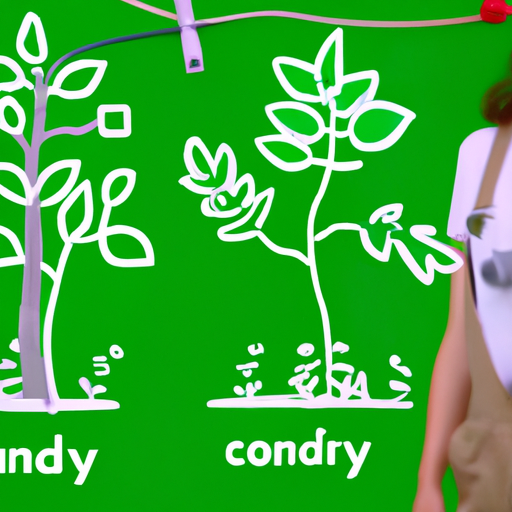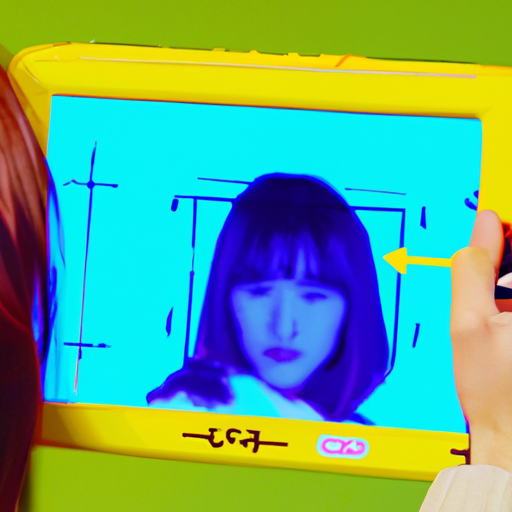
-
Table of Contents
- Graphic Design for Green Initiatives: Eco-Friendly Graphics
- Introduction
- The Power of Visual Communication
- Case Study: The Recycle Logo
- Designing Eco-Friendly Graphics
- Example: Patagonia’s Eco-Friendly Packaging
- The Role of Infographics in Green Initiatives
- Case Study: The Carbon Footprint Infographic
- Measuring the Impact of Eco-Friendly Graphics
- Conclusion
Graphic Design for Green Initiatives: Eco-Friendly Graphics

Introduction
Graphic design plays a crucial role in shaping the perception and communication of various initiatives, including those related to environmental sustainability. As the world becomes increasingly aware of the need for eco-friendly practices, graphic designers have a unique opportunity to contribute to the green movement through their work. This article explores the importance of graphic design for green initiatives and highlights the ways in which eco-friendly graphics can make a positive impact.
The Power of Visual Communication
Visual communication is a powerful tool that can effectively convey complex messages and evoke emotions. When it comes to green initiatives, graphic design can play a significant role in raising awareness, educating the public, and inspiring action. By using compelling visuals, designers can capture attention and engage viewers in a way that words alone cannot achieve.
Case Study: The Recycle Logo
An excellent example of the power of graphic design in promoting green initiatives is the universally recognized recycle logo. Created in 1970 by Gary Anderson, a 23-year-old student at the University of Southern California, the logo has become synonymous with recycling. Its simple yet impactful design, featuring three arrows forming a triangle, effectively communicates the concept of recycling and has been widely adopted by organizations and governments worldwide.
Designing Eco-Friendly Graphics
When it comes to creating eco-friendly graphics, designers should consider several key principles to ensure their work aligns with sustainable values. These principles include:
- Minimalism: Embrace simplicity and avoid unnecessary visual clutter. Minimalistic designs not only convey a sense of elegance but also reduce the environmental impact by using fewer resources.
- Color Choice: Opt for eco-friendly colors that evoke a sense of nature and sustainability. Earth tones, shades of green, and blues can create a harmonious connection with environmental themes.
- Typography: Choose fonts that are easy to read and environmentally friendly. Fonts that require less ink or toner to print can help reduce waste and promote sustainability.
- Use of Sustainable Materials: Consider the materials used for physical designs such as packaging or printed materials. Recycled paper, vegetable-based inks, and biodegradable materials can significantly reduce the environmental footprint.
Example: Patagonia’s Eco-Friendly Packaging
Outdoor clothing brand Patagonia is known for its commitment to sustainability, and their graphic design choices reflect this ethos. One notable example is their eco-friendly packaging, which is made from 100% recycled materials and printed with soy-based inks. By using sustainable materials and printing techniques, Patagonia not only reduces waste but also communicates their dedication to the environment through their packaging design.
The Role of Infographics in Green Initiatives
Infographics are a popular form of visual communication that can effectively convey complex information in a concise and engaging manner. When it comes to green initiatives, infographics can play a crucial role in educating the public about environmental issues and inspiring action. By presenting data and statistics in a visually appealing way, infographics can make information more accessible and memorable.
Case Study: The Carbon Footprint Infographic
The Carbon Footprint Infographic, created by the World Wildlife Fund (WWF), is an excellent example of how infographics can raise awareness about environmental issues. The infographic visually represents the carbon footprint of various activities, such as transportation and food consumption, in a way that is easy to understand. By presenting the information in a visually appealing and accessible format, the WWF effectively communicates the impact of individual actions on the environment and encourages viewers to make more sustainable choices.
Measuring the Impact of Eco-Friendly Graphics
While the impact of graphic design on green initiatives may be challenging to measure directly, there are several ways to assess its effectiveness. These include:
- Engagement: Monitor the level of engagement and interaction with eco-friendly graphics, such as social media shares, comments, and website traffic. Higher engagement indicates a greater impact in raising awareness and inspiring action.
- Behavior Change: Measure changes in behavior or attitudes towards sustainability after exposure to eco-friendly graphics. Surveys and interviews can provide valuable insights into the effectiveness of the design in influencing actions.
- Partnerships and Collaborations: Evaluate the number of partnerships and collaborations that result from the use of eco-friendly graphics. Increased interest from organizations and individuals in supporting green initiatives can indicate the effectiveness of the design in generating support.
Conclusion
Graphic design has the power to shape perceptions, raise awareness, and inspire action when it comes to green initiatives. By embracing principles such as minimalism, eco-friendly color choices, and sustainable materials, designers can create visuals that align with sustainable values. Infographics, in particular, play a crucial role in educating the public and making complex information accessible. While measuring the impact of eco-friendly graphics may be challenging, monitoring engagement, behavior change, and partnerships can provide valuable insights. As the world continues to prioritize environmental sustainability, graphic designers have a unique opportunity to contribute to the green movement through their creative work.
